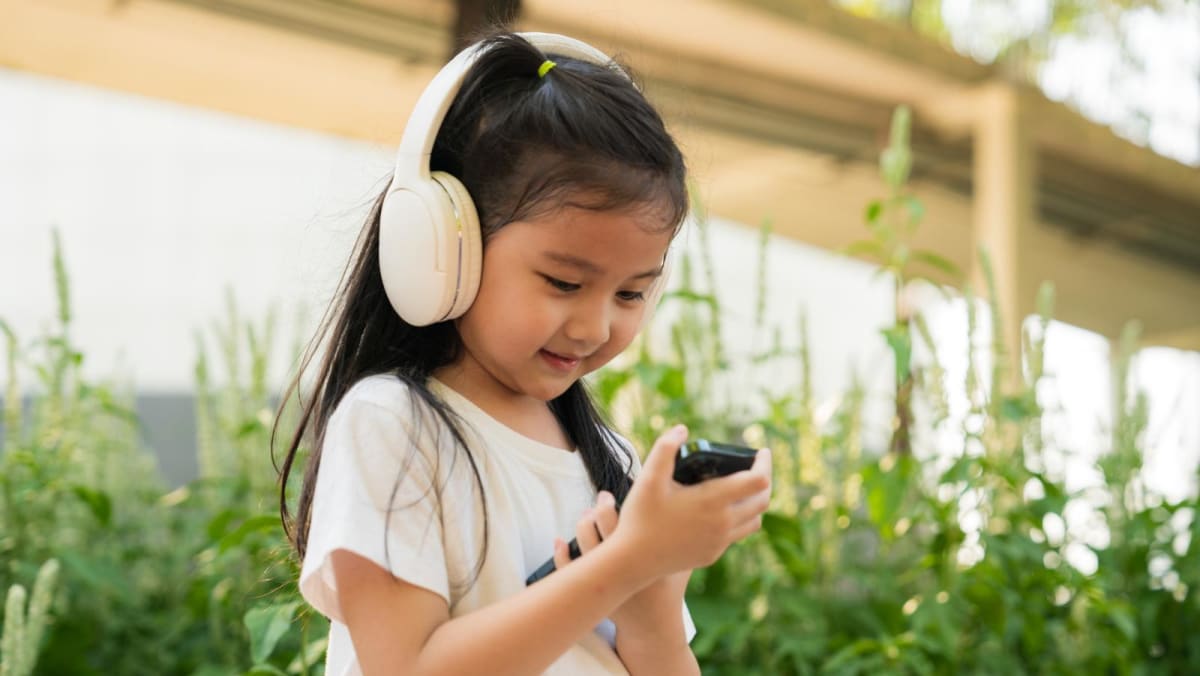Commentary: If TikTok, Snapchat aren’t harming kids they should prove it
But unlike a single song or scene in a movie, social media permeates a teen’s day. Nearly every teenager in the US – 95 per cent – is on social media, and the report notes that a third of teenagers report using it “almost constantly”.
Meanwhile, about 40 per cent of kids between the ages of eight and 12 are users. And even the ones that aren’t active participants are surely passive ones – parents like me who have held the line on social media and phones know that even when their child doesn’t have their own TikTok account, they’re certainly seeing it on the playground or after school.
That constant barrage of content might include being exposed to material that some parents might find problematic – like videos that glamorise suicide or eating disorders. And perhaps more profoundly, it is also potentially changing the way they connect with other humans.
The surgeon general’s report notes that one of the critical unanswered questions is how interacting online versus in person affects kids’ mental health, and in particular, their feelings of connectedness or isolation.
In the end, the advisory is raising a red flag not about what we know to be dangerous, but about all that we don’t know – and as a society, have a right to know – about social media’s effect on adolescent development. It’s a call for good data. What’s the harm in that?
Without it, parents and legislators will be left wondering why social media companies, if confident their products aren’t harmful, wouldn’t simply share the proof.
For all the latest world News Click Here

